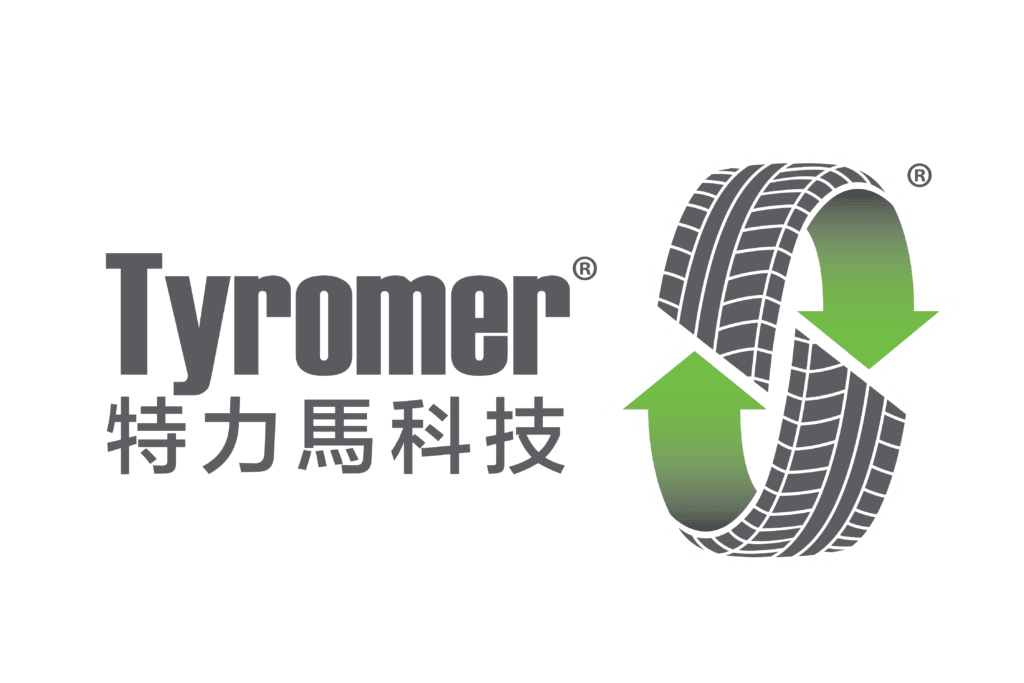Core Technology
Tyromer Rubber Devulcanization Technology
When rubber is formed into a tire, it is vulcanized. This is a process where the rubber is mixed with sulfur and exposed to heat. The result is a hard, durable rubber product – the tires we know today. Vulcanized rubber is difficult to reuse because it cannot be easily reformulated or remixed – but that’s exactly where Tyromer devulcanization gets to work.
Simple is Better. Tyromer’s patented devulcanization process is straightforward – Crumb rubber is fed into the extruder, and devulcanized rubber is extruded out. No chemicals added, no additives at all.
The chemistry is more complicated but can also be explained. We use a supercritical carbon dioxide assisted, thermal-mechanical extrusion process to continuously convert scrap tire rubber into Tire-Derived Polymer, or TDP. Because TDP preserves the molecular structure of the raw compound, it can be used for its original purpose – making tires, or a variety of higher-value rubber products.
A technical explanation written by Tyromer technology inventor Professor Costas Tzoganakis is available in this Rubber World Magazine article.






